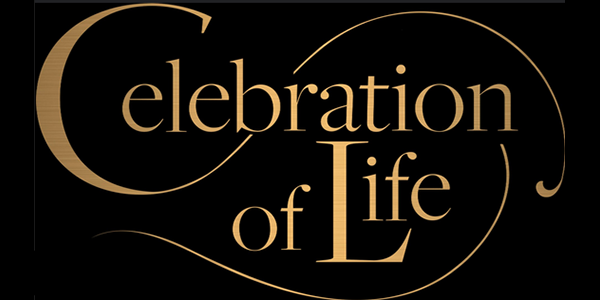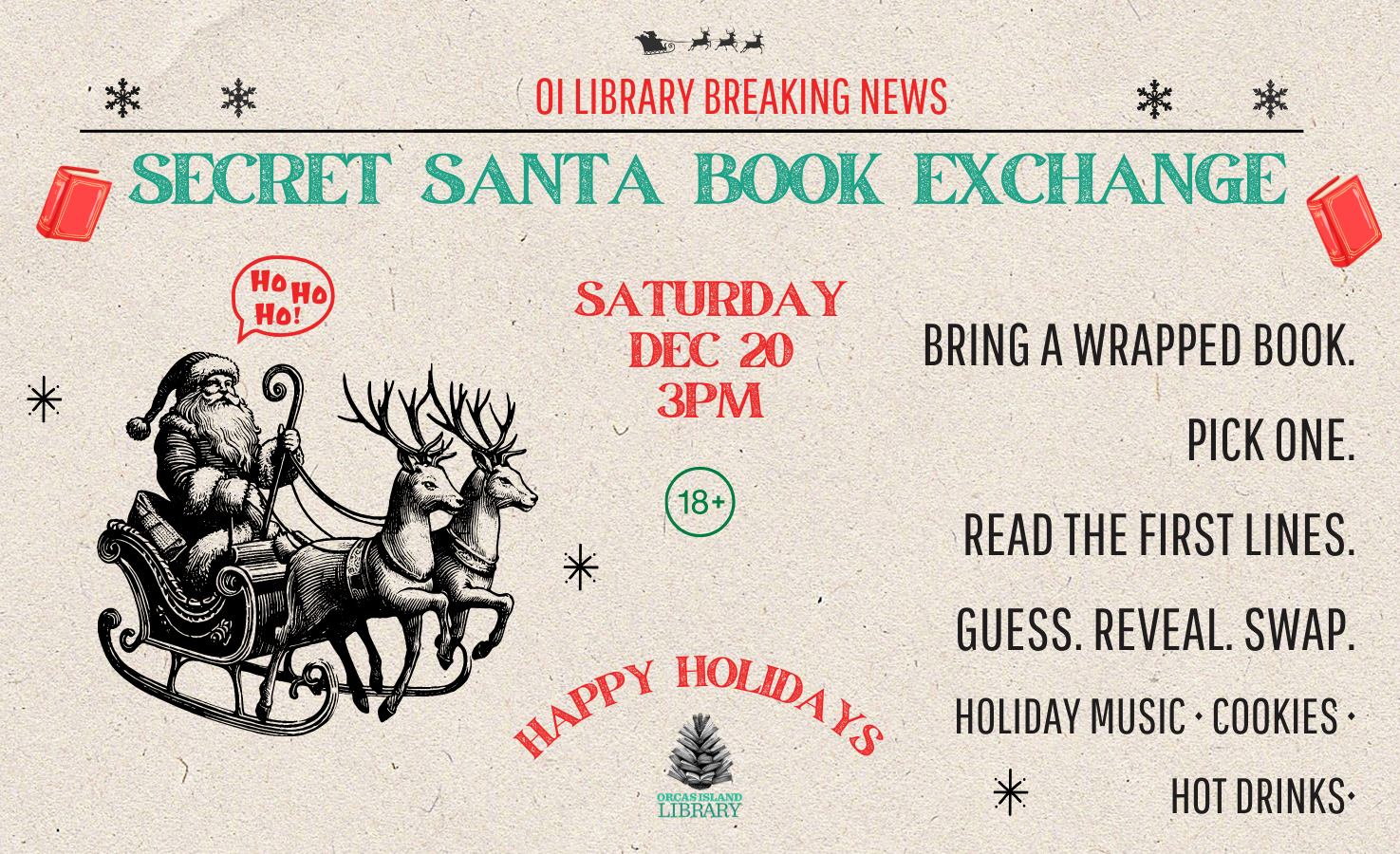700 contaminants, 629 kilograms of oil and grease a day, 1 leaked video
||| FROM THE NARWHAL |||
The inlet that forms Vancouver’s northern, watery border has changed dramatically over the past 200 years.
Burrard Inlet, called səl̓ilw̓ət in the hən̓q̓əmin̓əm̓ language, was once home to rich estuaries and beaches abundant with wild foods that nourished Indigenous Peoples. Today it is a hub for global trade, surrounded by dense urban and industrial development.
Every day, the inlet is used as a dumping ground. Rainstorms wash in pollutants from city streets and untreated sewage from the region’s outdated sewer systems, while the B.C. government authorizes industrial facilities to release contaminated water directly into the sea.
Seven hundred different contaminants were detected in Burrard Inlet between 1971 and 2016, according to a Tsleil-Waututh Nation report. At least 24 were found at levels that make it risky to consume food harvested from the inlet.
The Narwhal dug into the sources of pollution in Burrard Inlet and the authorities that allow them to continue, in a sprawling portrait of this critical waterway. Here are five takeaways from that investigation.
**If you are reading theOrcasonian for free, thank your fellow islanders. If you would like to support theOrcasonian CLICK HERE to set your modestly-priced, voluntary subscription. Otherwise, no worries; we’re happy to share with you.**








